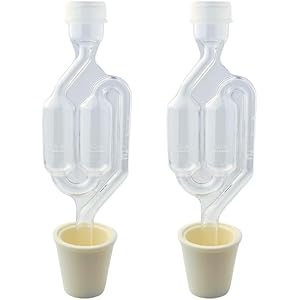Understanding Lactobacillus on Wet Mount
Lactobacillus is a genus of bacteria that plays a crucial role in the human microbiome, particularly in the gastrointestinal and vaginal tracts. When examining Lactobacillus on wet mount, a microscopic technique is employed to visualize these bacteria in their natural state. This method allows for the assessment of the morphology and motility of Lactobacillus, providing insights into their health benefits and roles in various ecosystems.
The Importance of Wet Mount Preparation
Wet mount preparation is essential for observing Lactobacillus because it preserves the living bacteria in a fluid medium. This technique involves placing a small sample of the specimen on a glass slide, adding a drop of saline or water, and covering it with a coverslip. This method not only maintains the viability of the bacteria but also allows for the observation of their behavior and interactions with other microorganisms in real-time.
Identifying Lactobacillus Morphology
When viewed under a microscope, Lactobacillus typically appears as rod-shaped, gram-positive bacteria. Their morphology can vary depending on the species and environmental conditions. Observing the size, shape, and arrangement of Lactobacillus cells on a wet mount can provide valuable information about the bacterial population present in a sample, which is crucial for both clinical and research applications.
Motility Assessment of Lactobacillus
One of the advantages of using a wet mount for Lactobacillus examination is the ability to assess motility. While many Lactobacillus species are non-motile, some may exhibit slight movement. By observing the wet mount under a microscope, researchers can determine the motility characteristics of the bacteria, which can be indicative of their metabolic activity and overall health.
Clinical Relevance of Lactobacillus on Wet Mount
The examination of Lactobacillus on wet mount has significant clinical implications, particularly in diagnosing and monitoring conditions related to the microbiome. For instance, a decrease in Lactobacillus levels in vaginal samples can indicate dysbiosis, which is associated with various infections and health issues. Therefore, wet mount analysis serves as a valuable tool for healthcare professionals in assessing microbial balance and guiding treatment decisions.
Get more content like this!
Sign up to receive updates and new terms first hand.
Applications in Research and Industry
In addition to clinical applications, the study of Lactobacillus on wet mount is important in various research fields, including food science and probiotics development. Understanding the characteristics of Lactobacillus in fermented foods can help improve product quality and safety. Furthermore, researchers can investigate the interactions between Lactobacillus and other microorganisms, leading to advancements in biotechnology and health sciences.
Limitations of Wet Mount Technique
Despite its advantages, the wet mount technique has limitations. The transient nature of the wet mount means that observations are only valid for a short period, as the bacteria can die or change morphology over time. Additionally, wet mounts may not provide a comprehensive view of the microbial community, as some bacteria may be difficult to visualize or may require specific staining techniques for identification.
Complementary Techniques for Lactobacillus Analysis
To gain a more comprehensive understanding of Lactobacillus populations, researchers often complement wet mount analysis with other techniques such as culture methods, PCR, and sequencing. These methods can provide quantitative data and genetic information that enhances the understanding of Lactobacillus diversity and functionality within various environments.
Future Directions in Lactobacillus Research
As research on Lactobacillus continues to evolve, the integration of advanced imaging techniques and molecular biology tools will likely enhance the study of these beneficial bacteria. Future studies may focus on the role of Lactobacillus in health and disease, the development of novel probiotics, and the exploration of their potential applications in various industries, including food and pharmaceuticals.
Conclusion
While this section does not include a conclusion, it is important to recognize that the study of Lactobacillus on wet mount is a dynamic field with ongoing research and discoveries that will continue to shape our understanding of these vital microorganisms.




